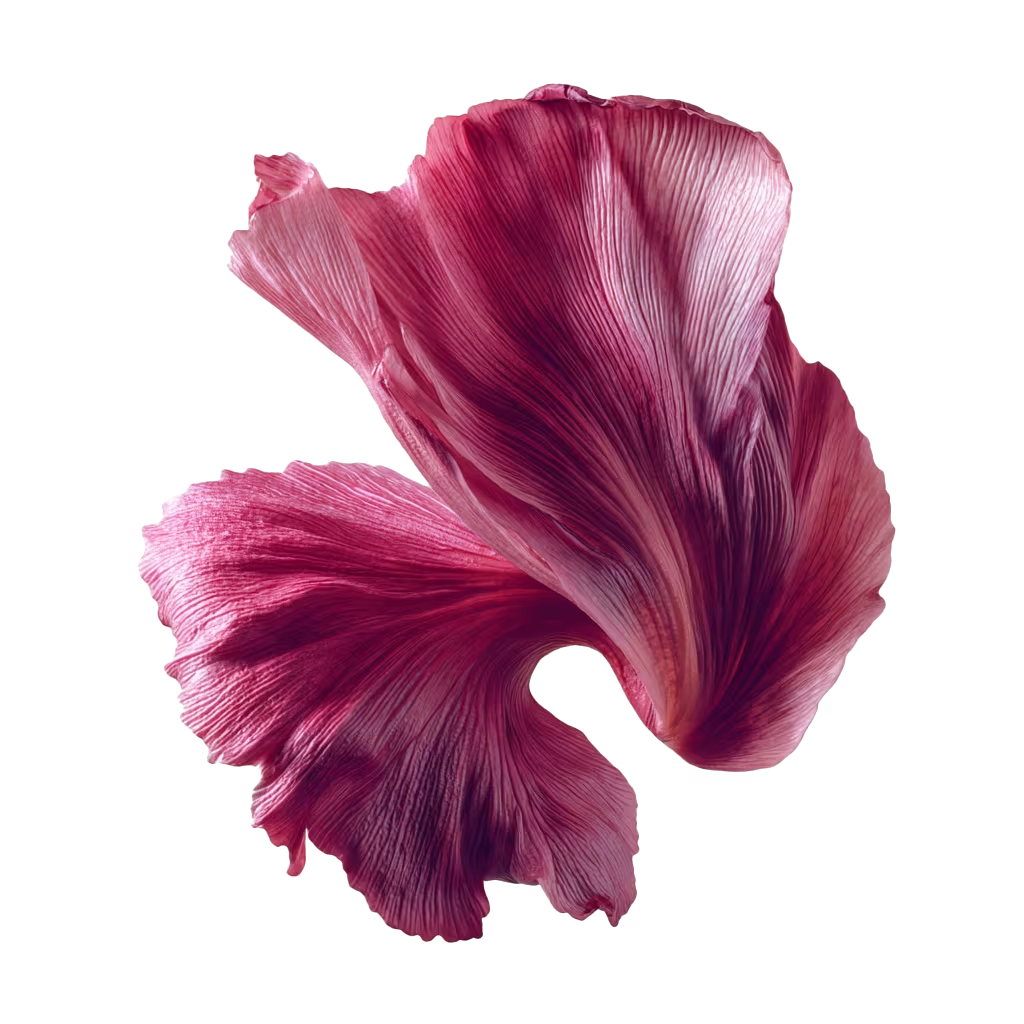floral
Sage
Sage, scientifically known as Salvia officinalis, is a perennial, evergreen herb with woody stems, grayish leaves, and blue to purplish flowers. It is a member of the mint family, Lamiaceae, originating from the Mediterranean region but now cultivated worldwide.
The leaves of sage are elongated and typically feature a pebbled texture, which contributes to their distinctive look. When it comes to its scent profile, sage has a strong, penetrating aroma that is both earthy and slightly peppery. There are also subtle hints of mint, which is not surprising given its botanical family. When bruised or rubbed, the leaves release more of this robust and aromatic scent, making sage a popular choice in aromatherapy for its calming and clarifying properties.
In cooking, sage is renowned for its robust flavor, which pairs well with meats, particularly poultry and pork, and is a staple in many European cuisines. Its potent flavor means it should be used sparingly, but it can transform a dish with just a few leaves. Sage is also often used in herbal teas and is valued for its potential health benefits, including digestive aid and anti-inflammatory properties.
Like this smell?
Discover your fragrance match by taking our quiz and exploring scents tailored to your taste.
Top fragrances using this Note














